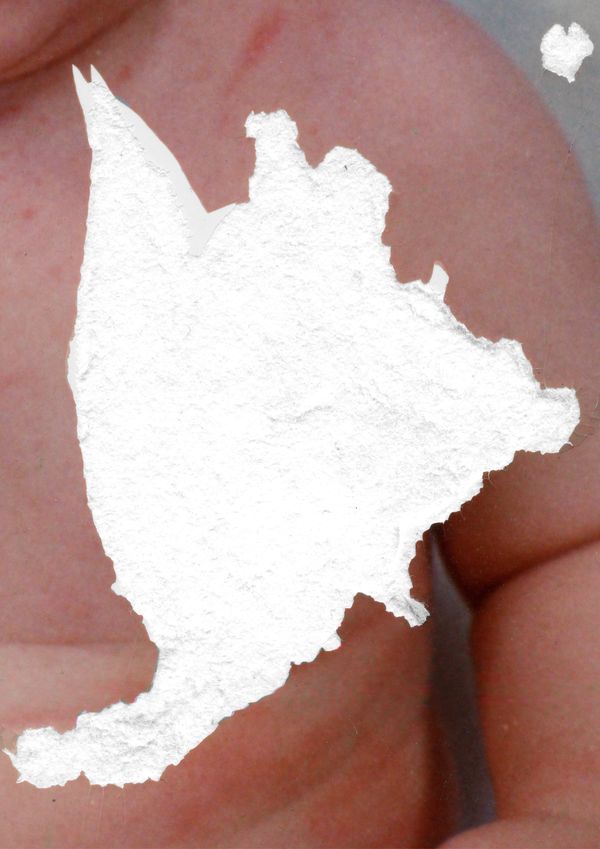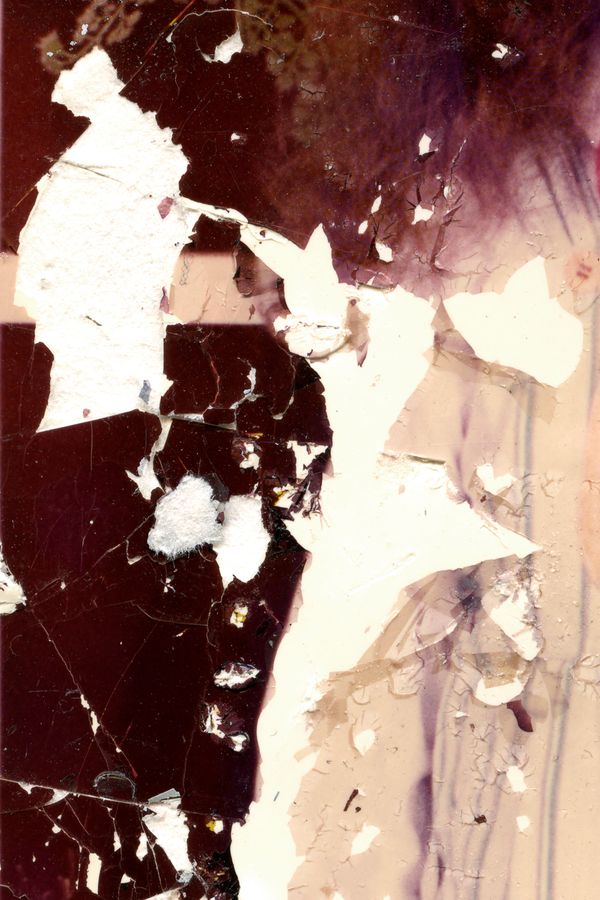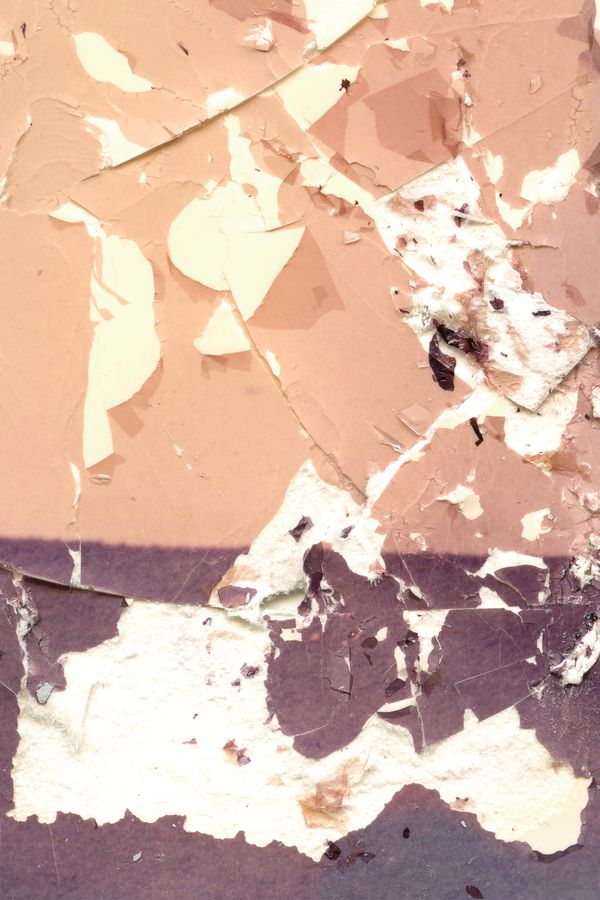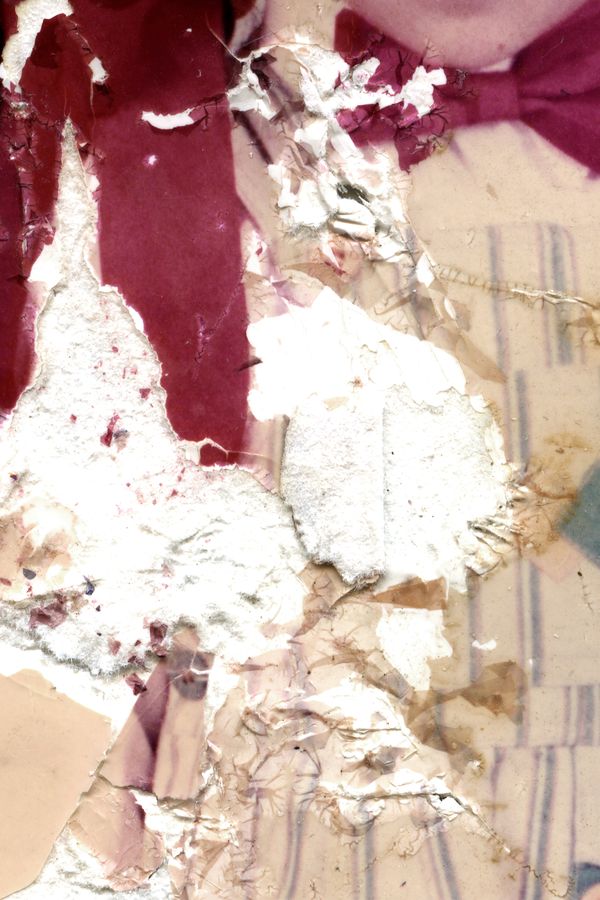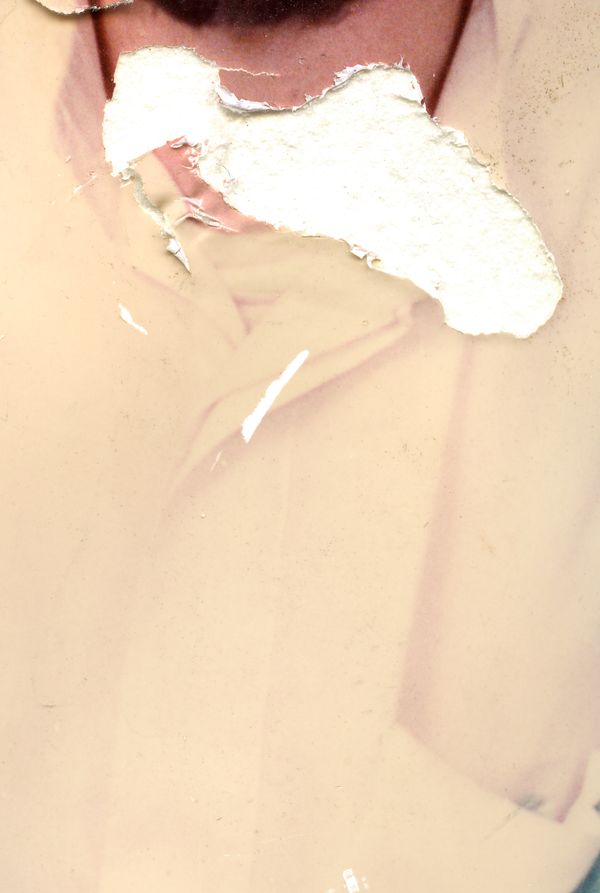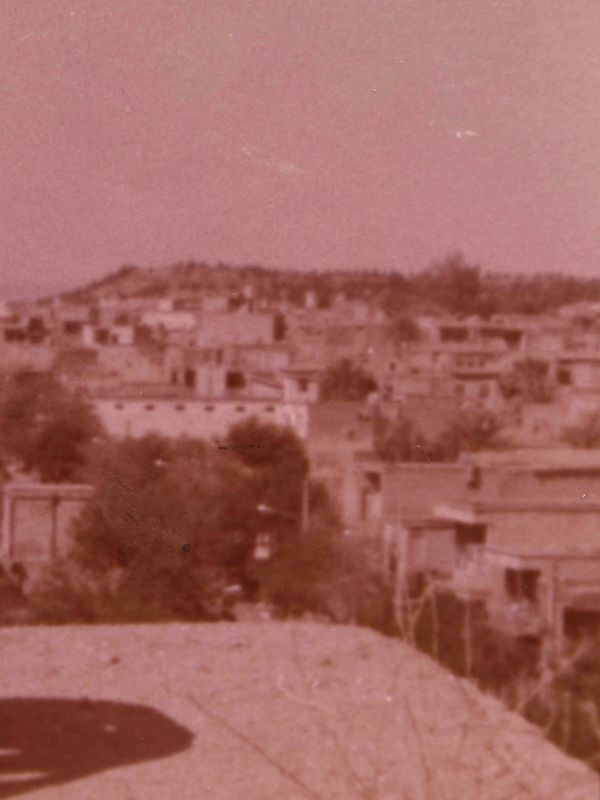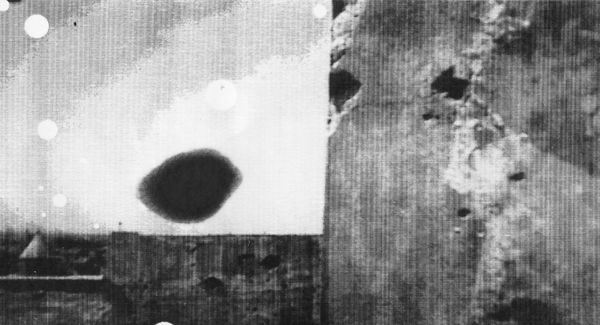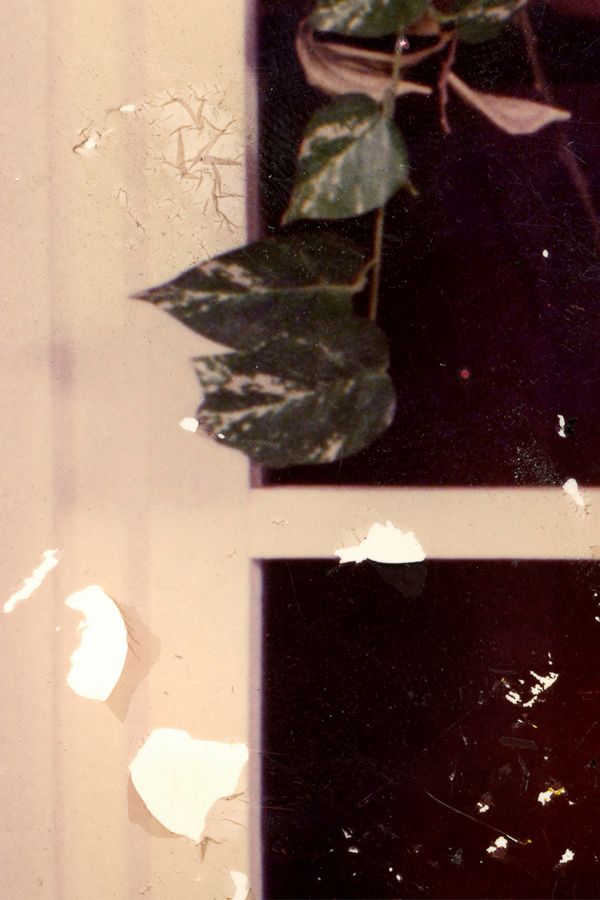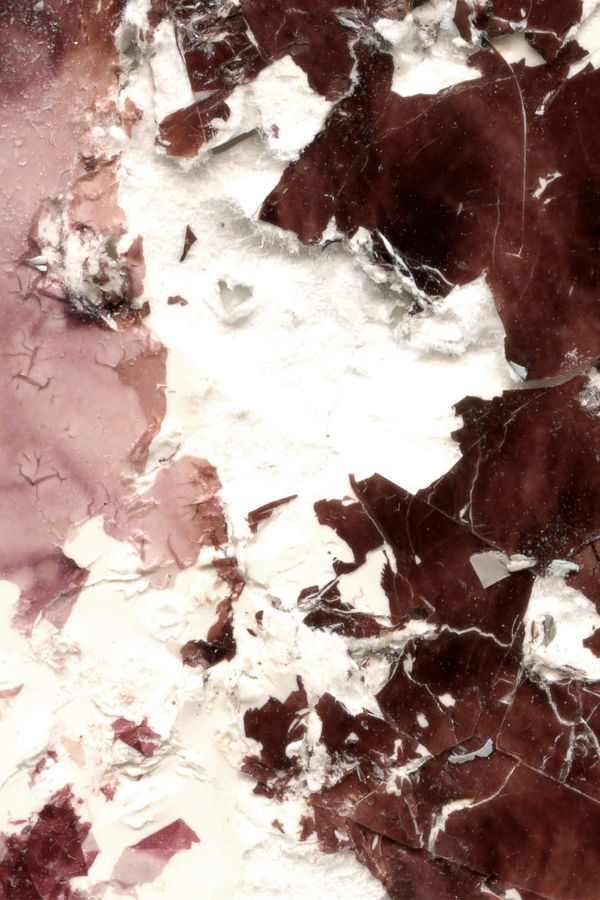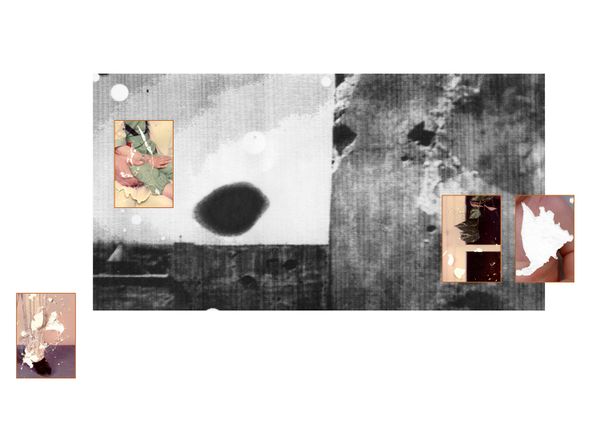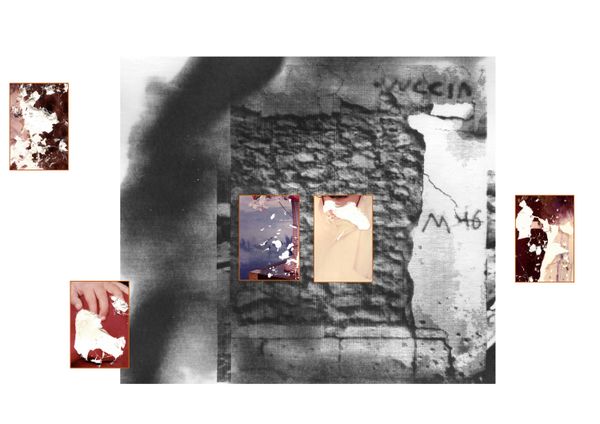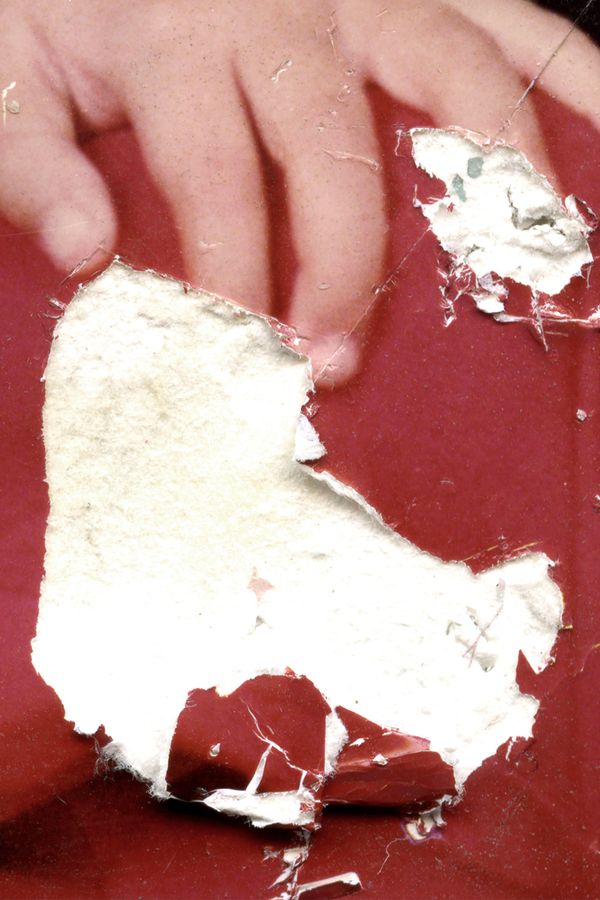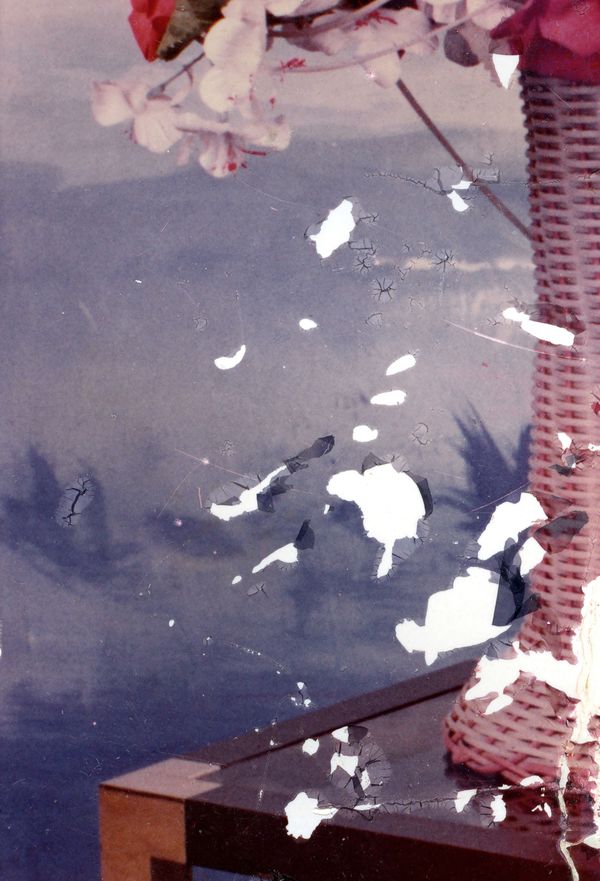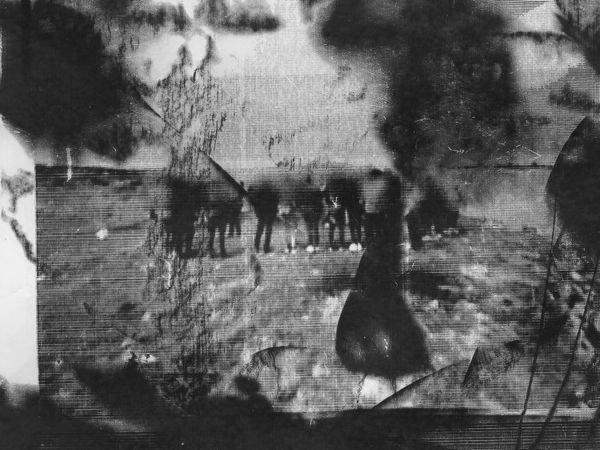zer-störung
-
Dates2022 - Ongoing
-
Author
- Location Leipzig, Germany
-
Recognition
-
Recognition
These photos of the family pictures were damaged in one of the wars that took place in Iraq, they fell from the wall and the glass took the layers of the photograph. My family kept these photos in a small box, and many years later I got these photos.
In this Project of two series merge into a narrative about the inseparable bonds of destruction, memory and human connection. The series, 'Zer-Störung', delves deep into the history of Mosul, the artist's native city. Based on photographic material from the family archive and Google Street View images, a interplay of visible and invisible layers of memory emerges. The title itself, a play on words, illustrates the ambivalence between "destruction" and "disruption" and reflects the transience and impermanence of life.
These photos of the family pictures were damaged in one of the wars that took place in Iraq, they fell from the wall and the glass took the layers of the photograph. My family kept these photos in a small box, and many years later I got these photos.
The traces in the family pictures are more than just memories; they are reflections, investigations and confrontations with the subject. Through abstraction, the images are transformed, their original function broken up and reinterpreted. In this way, they become metaphorical documentations of the past, present and future.
The second series, which deals with the cycle of destruction and transience, is explored through thermographic prints. The artist discovered that he could use thermal tools to create shapes that look like traces of fire - associations with places that have experienced war and destruction, such as his hometown of Mosul.
Destruction is only one point in the cycle, which is permeated by transience and transcendence. The artist uses screenshots Places that are inaccessible for political reasons and prints them out with a thermal printer. The addition of fire elements creates a black, abstract surface that renders many areas of the image invisible.
By abstracting the visual material and reinterpreting the function and narration, a new view of reality is created.
By combining both series in one installation, the deep-rooted ties between destruction, memory and human experience are revealed. It is the invisible threads that bind us all together - the memories we share, the transience we are subject to and the hope for a new beginning. The work also raises questions about communication, human connection, roots and memorys.
